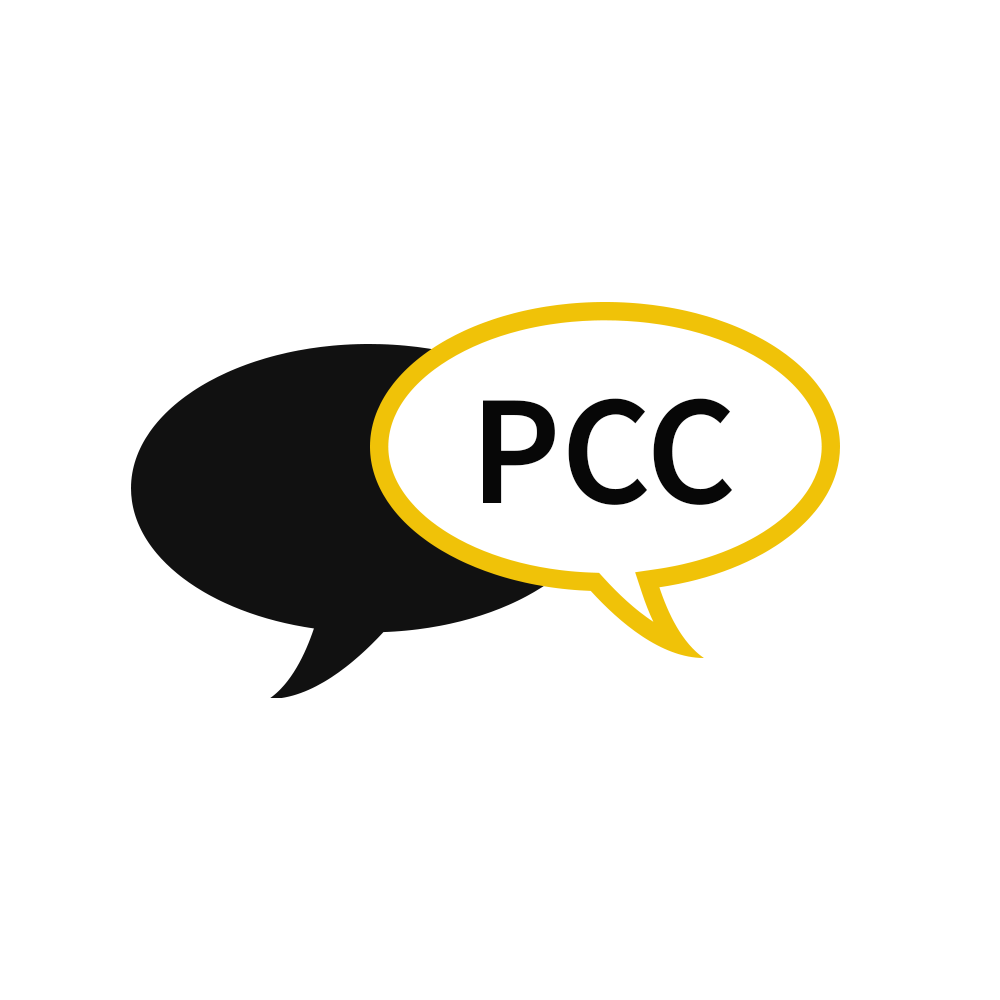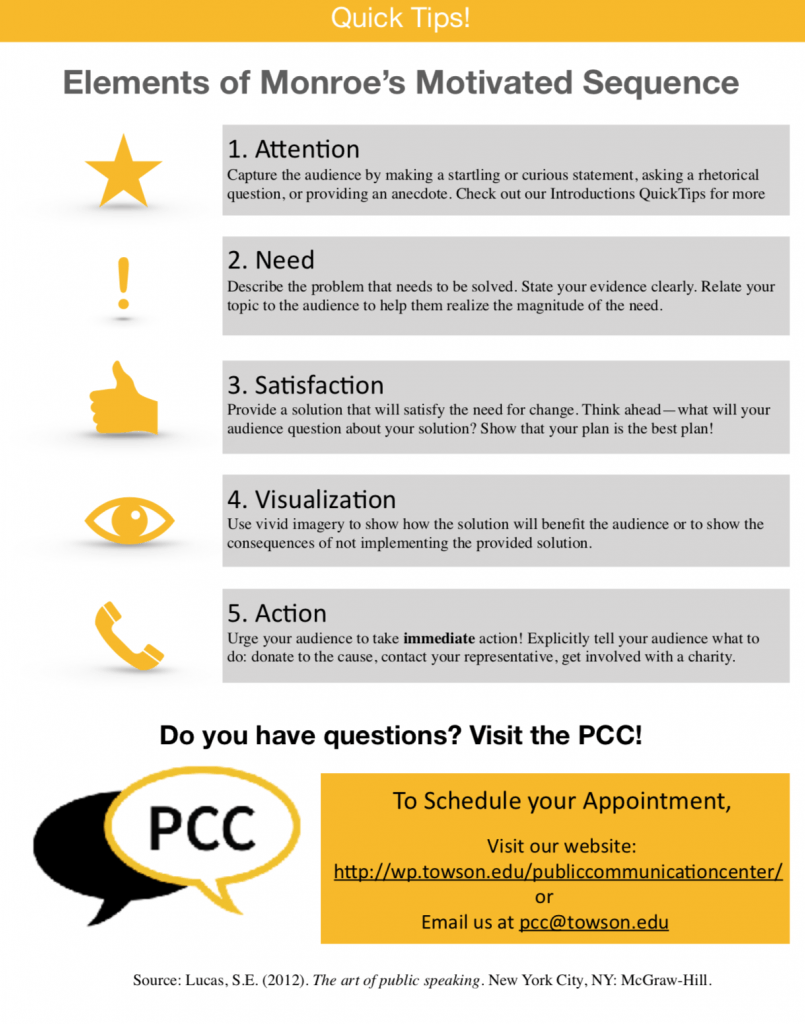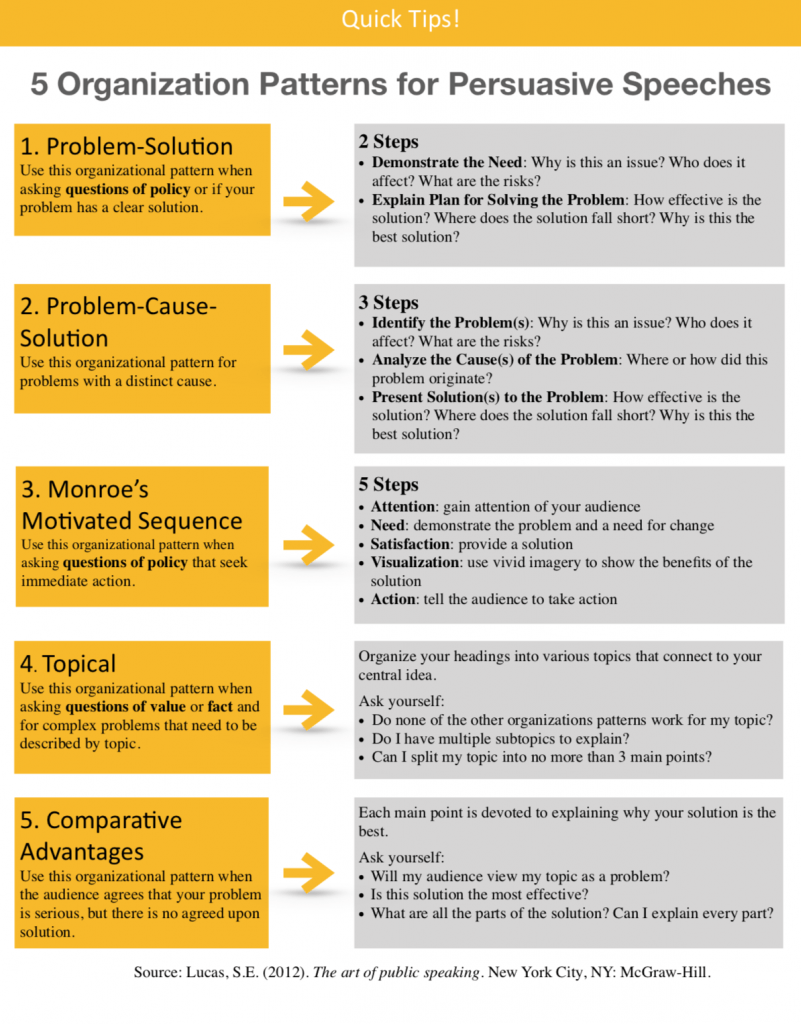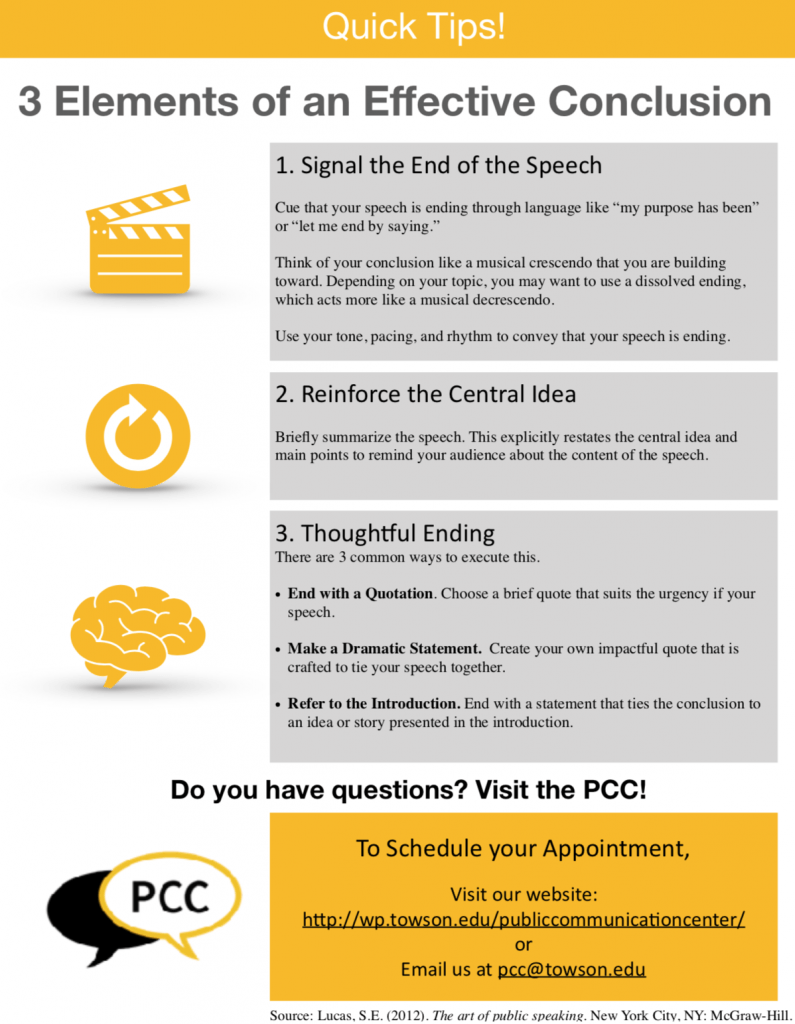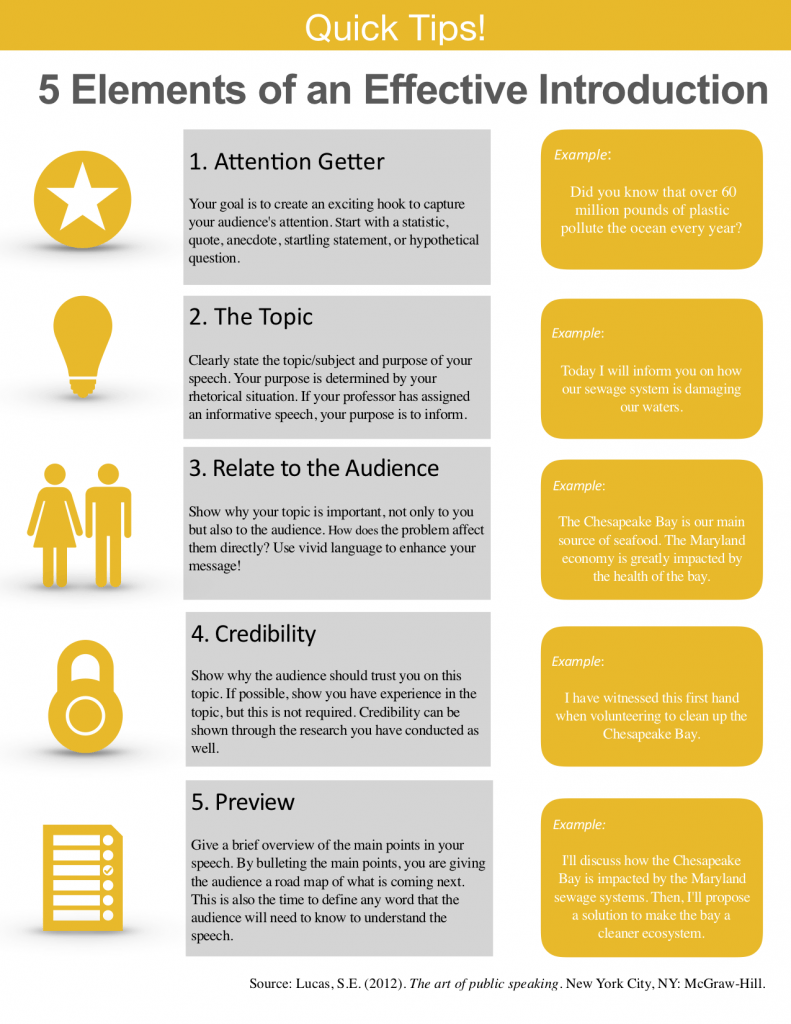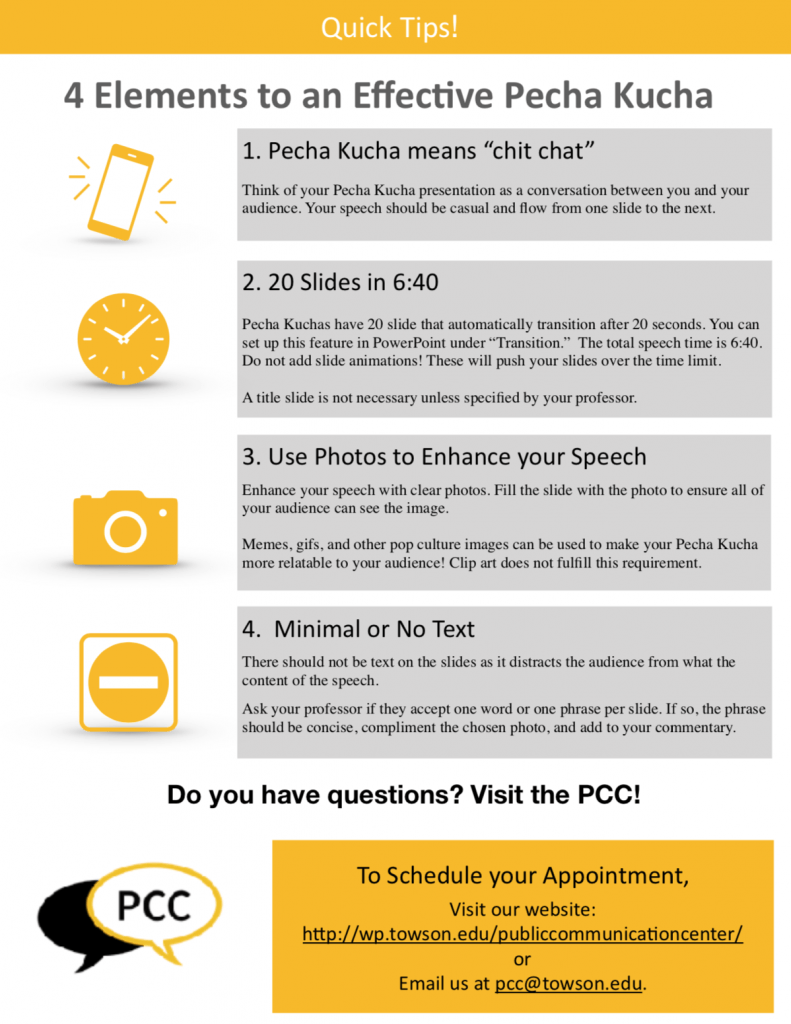I’ve Gotten to the Conclusion. Now What?
On speech day there is always at least one speech that goes like this. A student will have been talking for several minutes. The speech begins to wind down and the student just abruptly says, “uh, yeah. That’s it. Thank you.” and stands there awkwardly while the class claps. That student has probably lost all of the points from their conclusion. Let me fill you in on a few ways to earn back those conclusion points. There are three ways that Lyn Roseaman recommends concluding a speech.
First, you can create an impact with your conclusion. Be sure to state your conclusion clearly and use vocal variety to emphasize what was really important in your speech. By restating the purpose and summarizing the main ideas, you are making sure your audience really remembers that key information. Always remember, the final sentence of your speech is the last thing your audience will hear. Make it memorable by using a powerful quote or a strong statement that encapsulates what your speech was all about.
Second, you can achieve memorability with your conclusion. There are many ways to make your speech memorable. Repetition or parallelism of a certain phrase can make your audience remember every time you used that rhythm before. For more of a challenge, work humor or a story into your conclusion to leave your audience thinking about your deeper meaning. My personal favorite is bringing the speech full circle by referencing your attention grabber from the introduction. By referencing the introduction you are reminding the audience of how far the speech has come since then. You can also bring the speech full circle through the use of a prop or graphic. Show the same image at the end as you did the beginning to reinforce your message.
Lastly, you can build engagement and commitment. This tactic is suited best for a persuasive speech where you need to call your audience to action. The key is to make a connection between your audience and the action you want them to take. Why should the listener donate money to the charity you are promoting? You can use the words of a celebrity or historic figure to motivate them. For example, “Be like Abraham Lincoln who said ‘All I have learned, I have learned from books’ and help save the libraries.”
Even after reading all of this, you may think there still isn’t a conclusion that works for you. The good news is, this list isn’t exhaustive! If you find that none of these tips work for you, make an appointment with one of our mentors, so we can help you find the conclusion that works for you specifically.
The link to the article: How To End Your Speech With Impact
For more information on conclusions, check out Conclusion QuickTips!